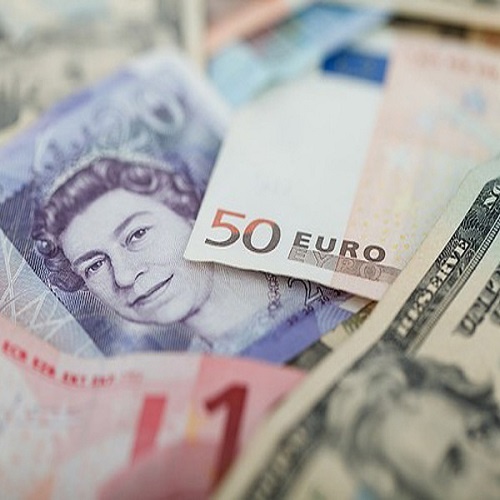India’s foreign exchange reserves have been rising for months now, hitting several all-time highs. The forex kitty increased by USD 66 billion so far this year and is currently at USD 689.235 billion.
This buffer of foreign exchange reserves helps insulate domestic economic activity from global shocks.
According to the latest data from the RBI released this week, India’s foreign currency assets (FCA), the largest component of forex reserves, were at USD 604,144 points.
Gold reserves are currently worth USD 61.988 billion.
As per estimates, India’s foreign exchange reserves are now sufficient to cover about a year of projected imports.
In the calendar year 2023, India added about USD 58 billion to its foreign exchange reserves.
In contrast, India’s forex reserves saw a cumulative decline of USD 71 billion in 2022. Forex reserves, or foreign exchange reserves (FX reserves), are assets held by a nation’s central bank or monetary authority.
Foreign exchange reserves are generally held in reserve currencies, typically the US Dollar and, to a lesser extent, the Euro, Japanese Yen, and Pound Sterling.
The RBI closely monitors the foreign exchange markets and intervenes only to maintain orderly market conditions, aiming to contain excessive volatility in the exchange rate without reference to any pre-determined target level or band.
The RBI frequently intervenes in the market through liquidity management, including the sale of dollars, to prevent a steep depreciation of the rupee.
A decade ago, the Indian Rupee was one of the most volatile currencies in Asia. However, it has since become one of the most stable. This transformation is a testament to India’s growing economic strength and effective management by the Reserve Bank of India (RBI).
The RBI has been strategically buying dollars when the rupee is strong and selling when it is weak. This intervention smooths out large fluctuations in the rupee’s value, contributing to its stability. A less volatile rupee makes Indian assets more attractive to investors, as they can expect better performance with more predictability.












